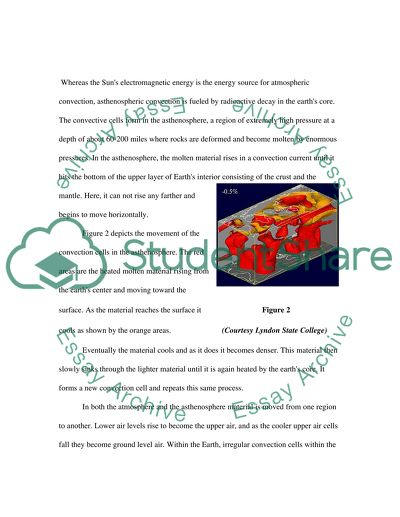Atmospheric and Asthenospheric Convection Essay Example | Topics and Well Written Essays - 500 words. https://studentshare.org/environmental-studies/1500528-convection-currents
Atmospheric and Asthenospheric Convection Essay Example | Topics and Well Written Essays - 500 Words. https://studentshare.org/environmental-studies/1500528-convection-currents.


